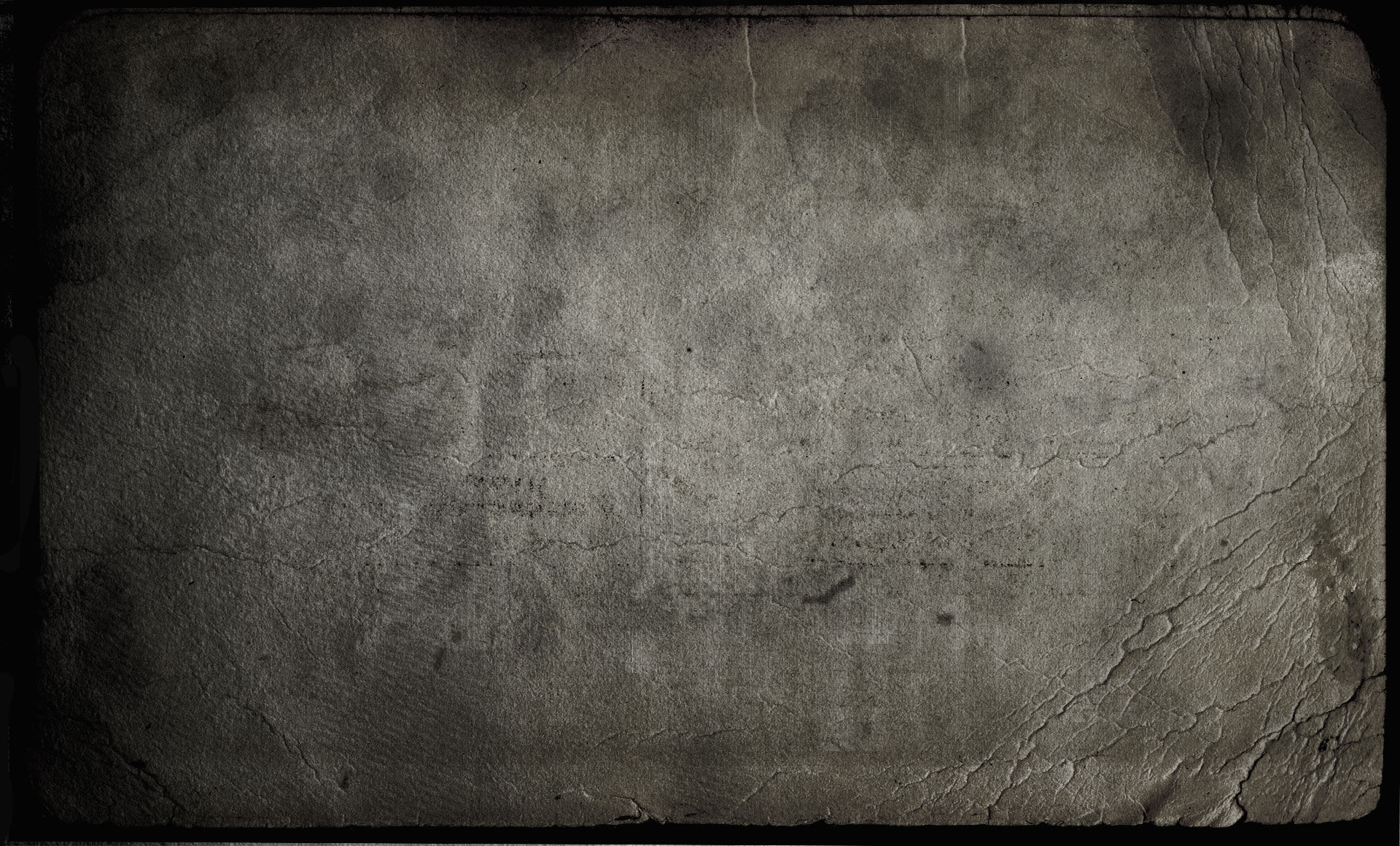Perceptual Defence & Syndromeda Fear of the Emptiness Space (2014)
- Sylvain Lupari
- Mar 26, 2014
- 4 min read
Updated: Oct 11, 2022
“Audacious, disturbing and intriguing, Fear of the Emptiness Space filled marvellously the expectations that one could have regarding this very nonconformist duet”

1 The Spacewalk Program first Alien Encounter 31:20 2 Fear of the Emptiness Space 34:34 SynGate Luna | PDSS01
(CD-r 65:56) (V.F.) (Dark Ambient EM)
We cannot have a collaboration as logical as that of Perceptual Defence and Syndromeda. Both artists like to exploit some long dark ambiospherical structures with sequenced momentums which reroute the senses and charm the ears of all Berlin School lovers. Both play on the same ground where each has his peculiarities. If they like the chthonian, glaucous and hollow atmospheres, one adores transplanting in it some cosmic sound elements and the other one like to add theatrical ambiences. The result is a very good ambient album where the borders of the earth flirt with celestial bodies of the most remote on deep, slow morphic and hypnotic movements, awakened by delicious movements of sequences. FEAR OF THE EMPTINESS SPACE is an audacious sonic journey starting from our tectonic plate up to the core of cosmos in dense moods with post as pre-apocalyptic nuances.
A storm of static kicks spinning around in the poisons of radioactive clouds; here is the best way of presenting The Spacewalk Program first Alien Encounter. Synth lines are squeaking like clouds filled of ochre that we open wide with sickles, freeing a multitude of lines which float in all colors, like a kind of underground aurora borealis fed by thousand dusts of volcanic rocks. The reflections are glittering in a colorful universe where the sulfurs from the earth's crust bury a choir of chthonian creatures and get melt in a cosmic setting illuminated of its interstellar tones. Between the mooing of a tribe of spectres and the gurglings of an intergalactic tribe, the rhythm of The Spacewalk Program first Alien Encounter extricates itself from an in-between world flooded of synthesized sufferings with weak circular sequences from which the furtive steps accelerate subtly the pace. The black universe of Syndromeda is fitting perfectly in the theatrical approaches of Perceptual Defence while that, full of mystery, the hypnotic rhythm of The Spacewalk Program first Alien Encounter makes skip its keys in sonic storms nourished by synths to the aromas as apocalyptic as spectral. We can see, as much as we hear, its sinuous synth waves infiltrated a rhythm which little by little ennobles itself with another movement of brighter sequences. More incisive these sequences refuse the submission of synth celestial bodies, amplifying a static rhythm which makes itself sardonic with its pulsations which gurgle in its shadow and in the floating silhouettes of an electronic storm and of its thousand allegorical lights. This innocent dance of the sequenced keys stumbles in the glaucous eddies of the bubbles of magma, which burst almost everywhere, and in the chthonian choruses, entailing the long saga of The Spacewalk Program first Alien Encounter in an universe as much ambiosonic, morphic and disturbing as its introduction. We don't know if we are in cosmos or in 100 000 leagues beneath the Earth. What we know is that we are invaded by a troop of threatening lines, of waves flooded with dusts of ochre and with heterogeneous tones which, mixed together, draw a heavy pattern ambiospherical intimidating for the imagination. Pulsations avoid the sleeper hold a little after the 18th minute. Their uncertain palpitations are eventually forging a compact mass of keys which skip under a sky darkened by multi-colors lines. This movement of motionless rhythm pounds with constancy, chasing away all these clouds full of sounds which flooded the ambiences of The Spacewalk Program first Alien Encounter in order to offer a very good movement of sequences of which the swirling rhythm voyages from an ear to another before dissipating again in an immense interstellar fog. More ambient and more intriguing, Fear of the Emptiness Space forges its long and slow sonic membrane in the ambiosonic craters of The Spacewalk Program first Alien Encounter. The moods are weaved very tight with lines and waves of synth of which we always wonder if they come from borders of the universe or from the land beneath our feet. One would imagine being into an immense Aliens spaceship or still in this improbable shuttle which dug the bark of the Earth, and of time, in Journey to the center of the Earth. Where are the Alien? Where are dinosaurs? These moods are as well delicious as surrealist with this mixture of unknown tones which sparkle in dense chthonian shadows. Some movements of sequences scattered here and there leave fossils of ethnic hypnotic dances which get lost in the vastness of magnetic fields imagined and embellished with images by synths to those so ill-assorted aromas. Synths which flood a finale of singings as much serene as these lines of fragile sequences which down poured the meadows of the very beautiful Mirage from Klaus Schulze, saying that we can get out a man of countryside (I though that it was Dany Budts' sequenced movement whereas in fact that it's a sequenced move written by Gabriele Quirici), but not the countryside out of a man.
Audacious, disturbing and intriguing, FEAR OF THE EMPTINESS SPACE filled marvellously the expectations that one could have regarding this very nonconformist duet. Dany Budts and Gabriele Quirici throw the faces of an impressive ambiosonic and ambiospheric mosaic, shaken by spirals of sequences thrown here and there, of which the colors, as much future as ancestral, shine in a sound universe in perpetual boiling. For lover of an ambient EM without borders …
Sylvain Lupari (March 26th, 2014) ***½**
Available at SynGate Bandcamp

Comments